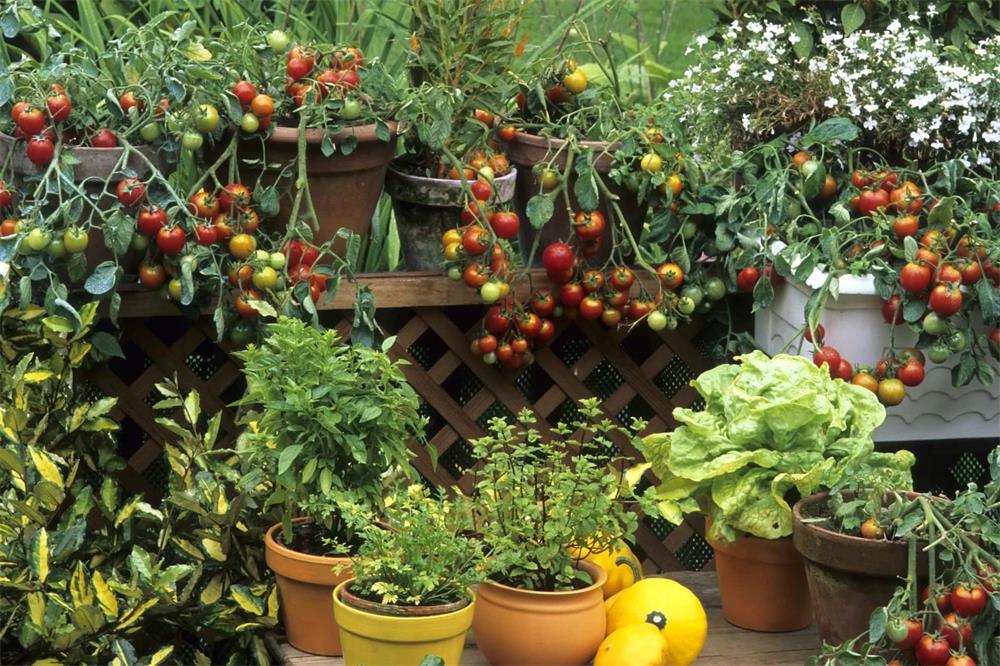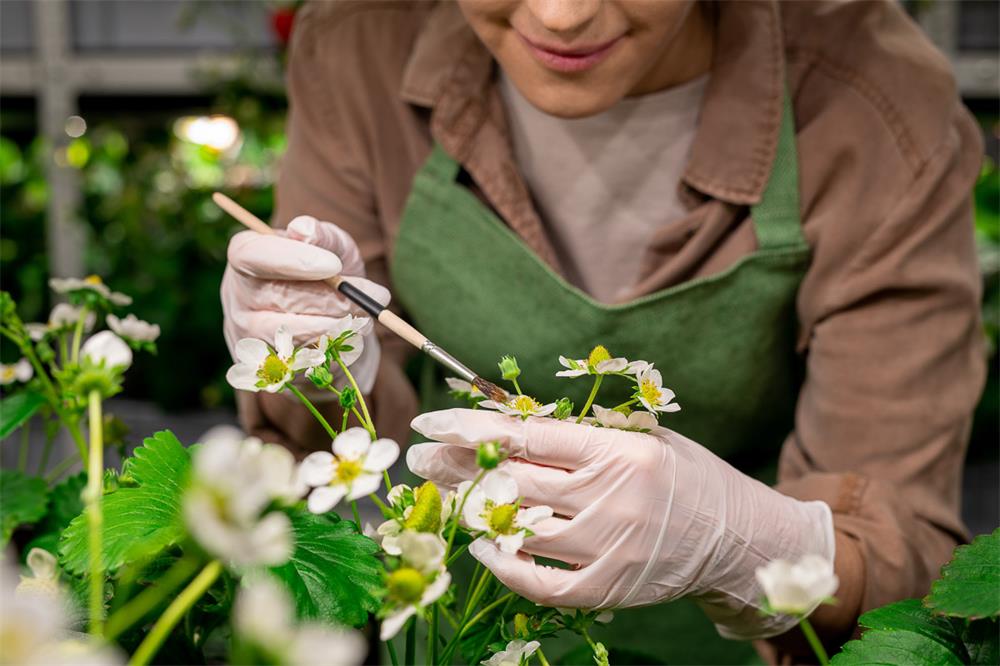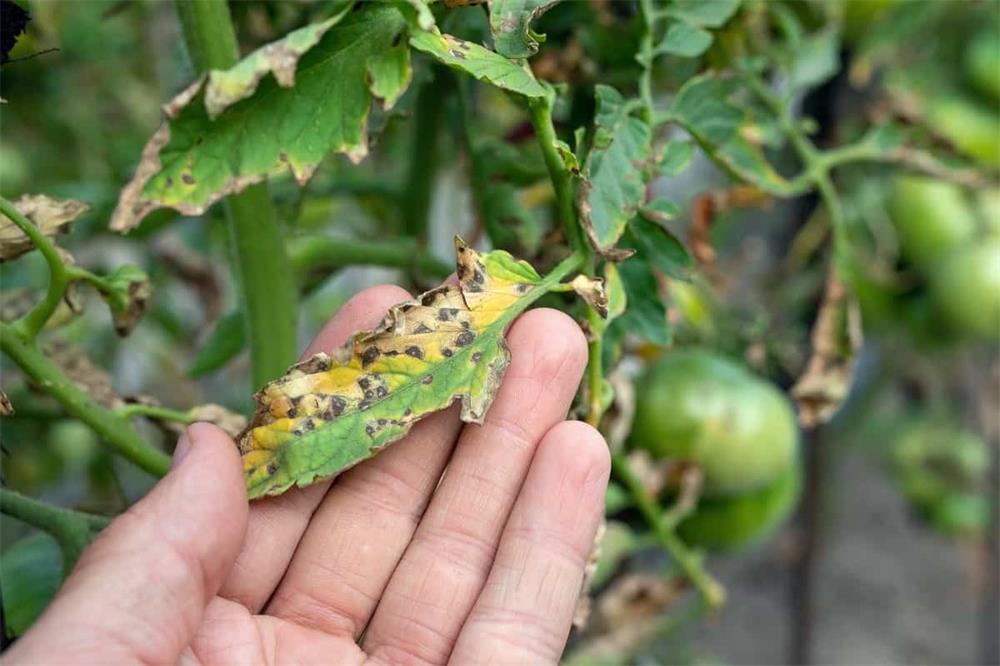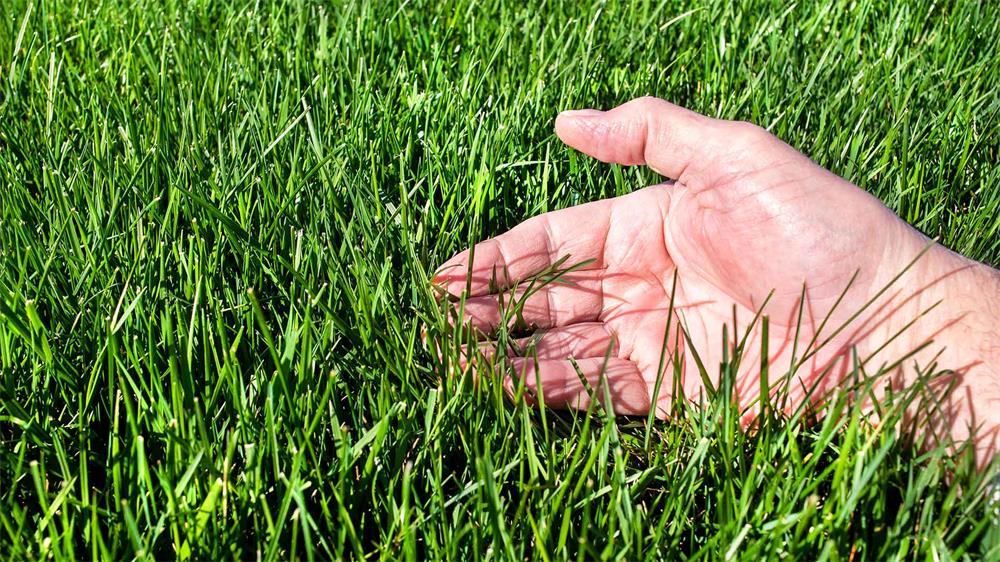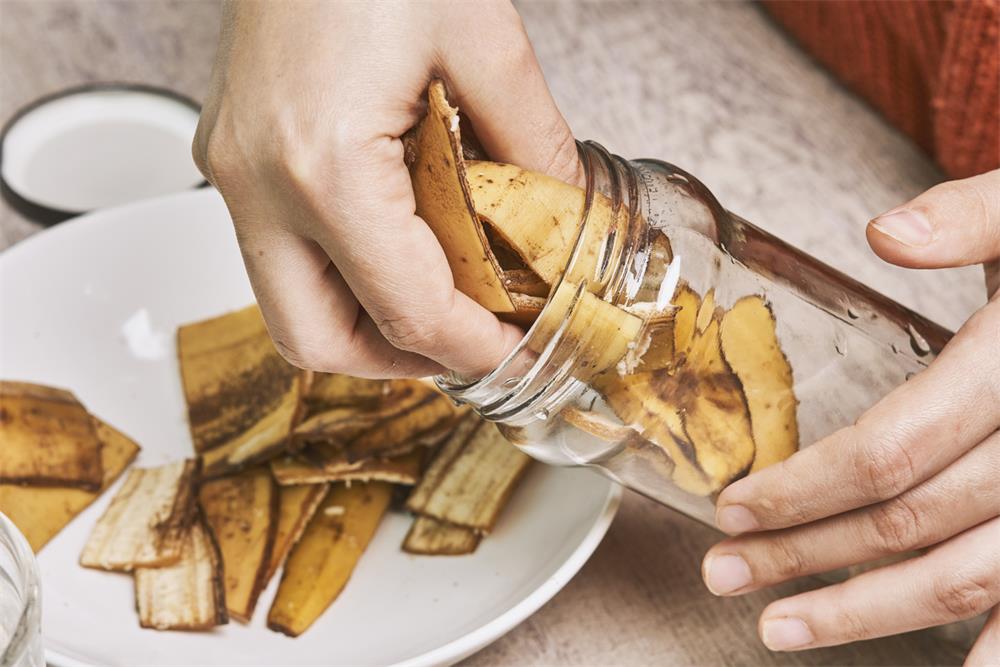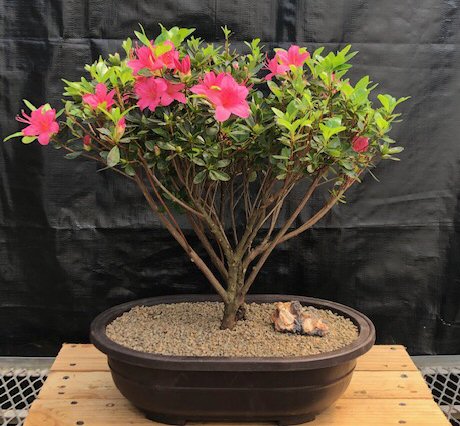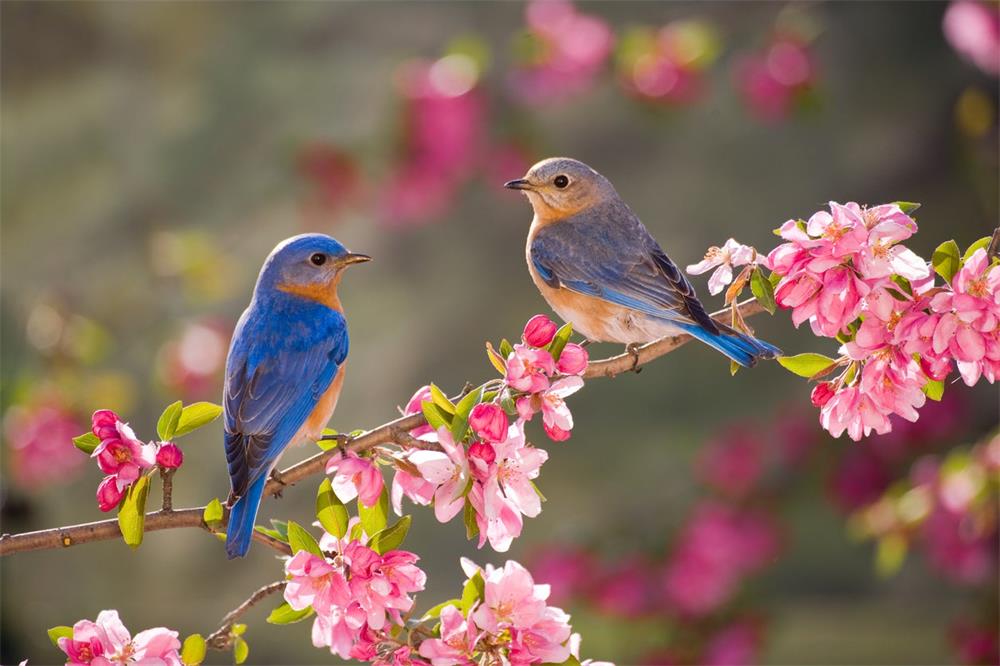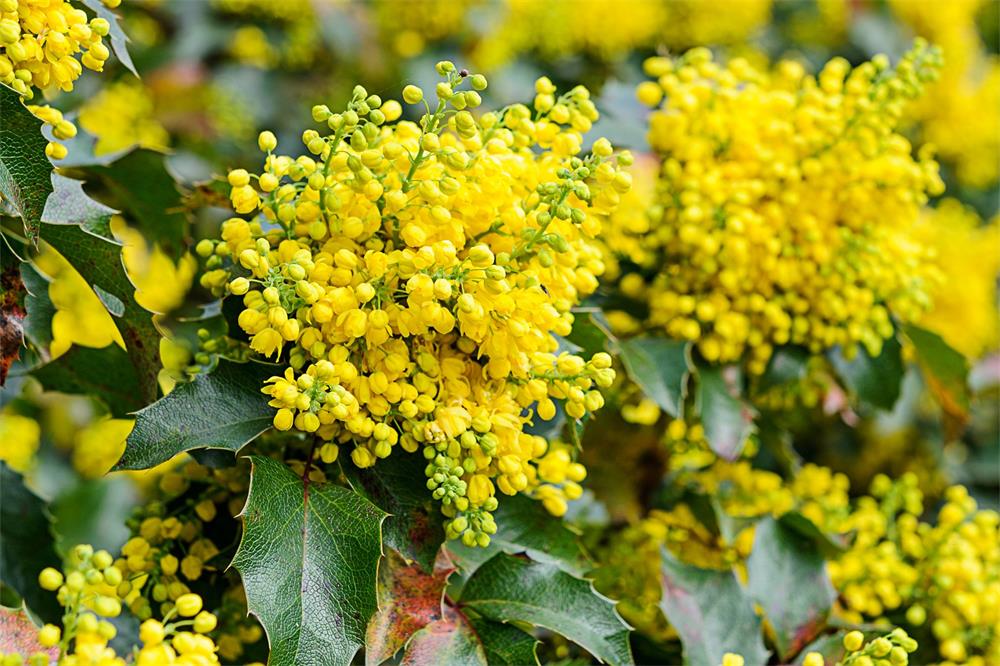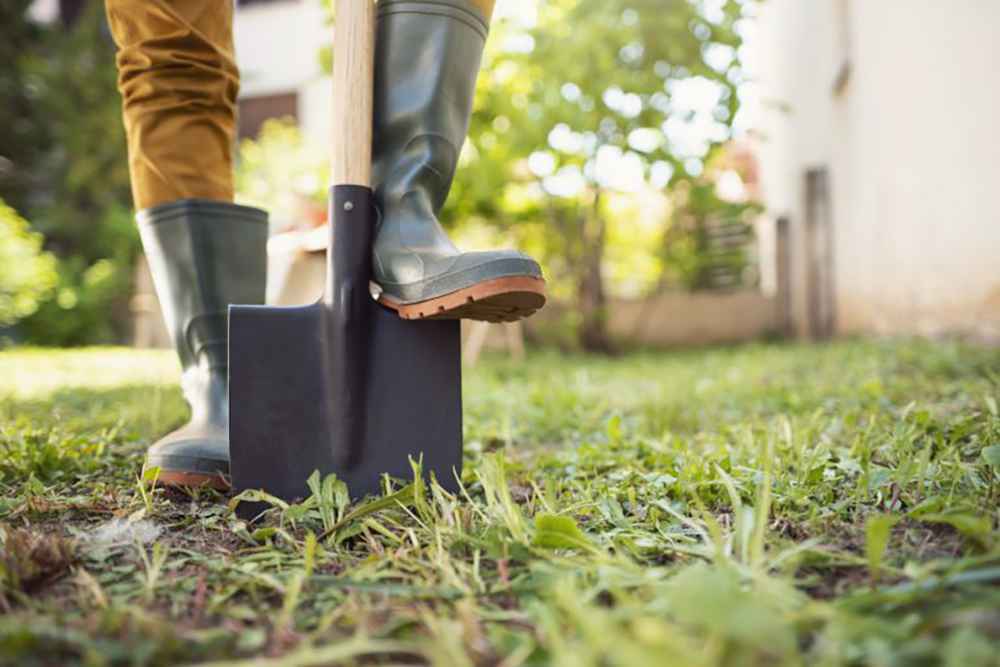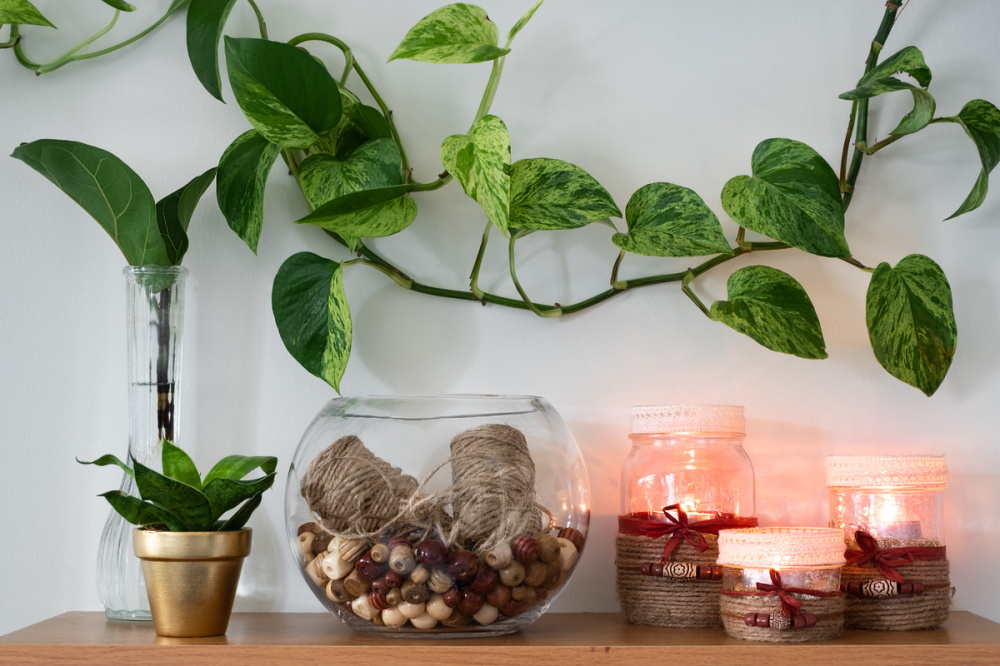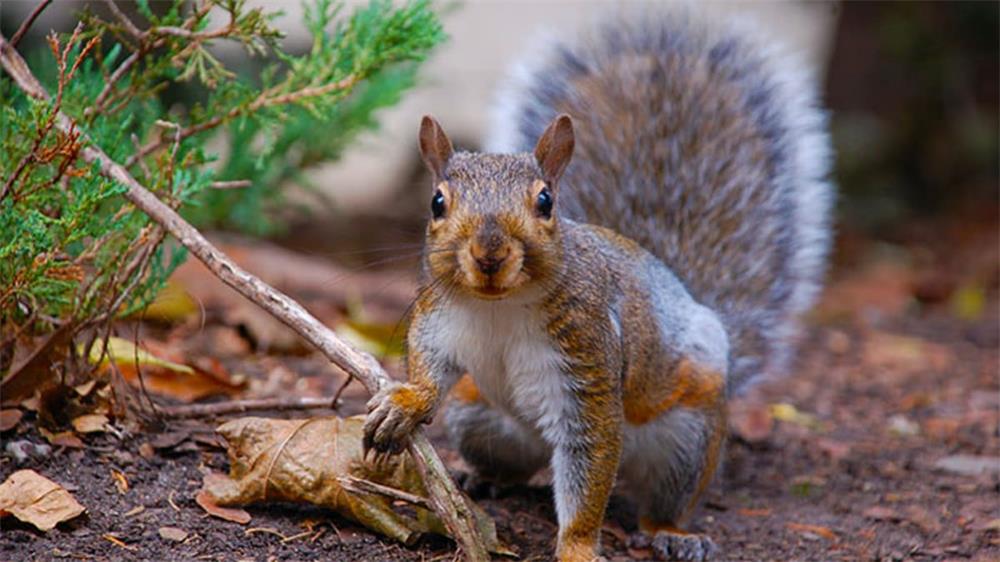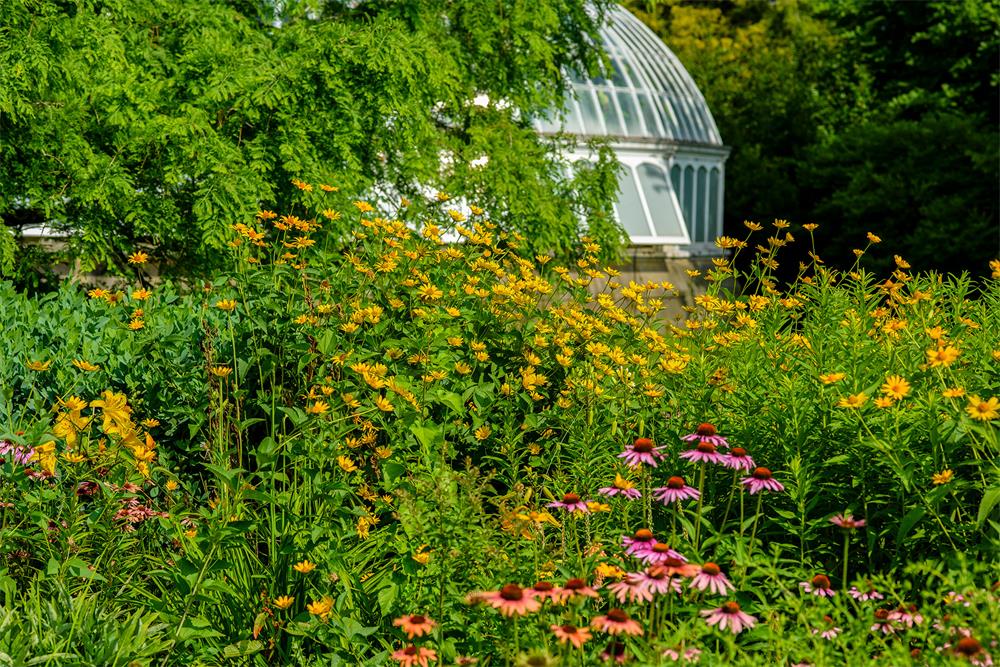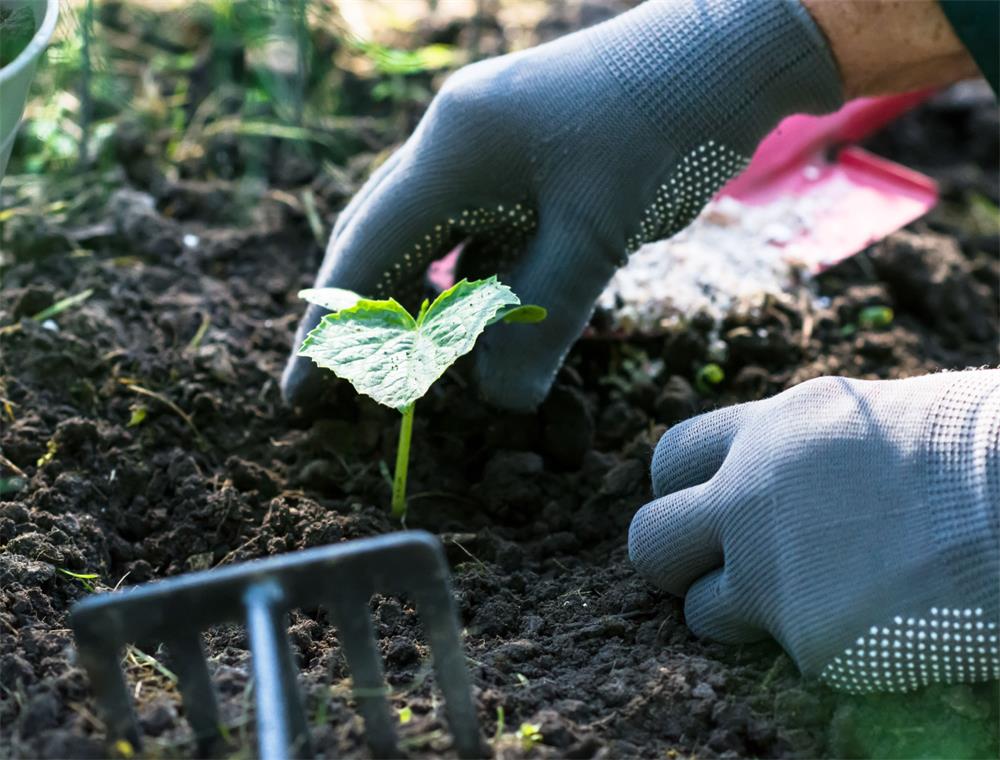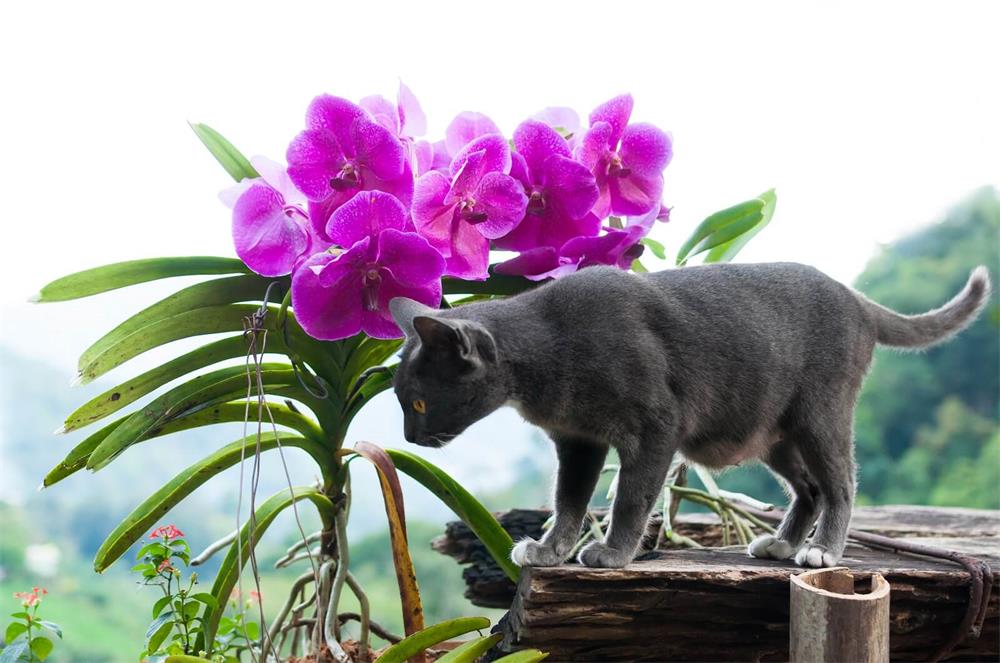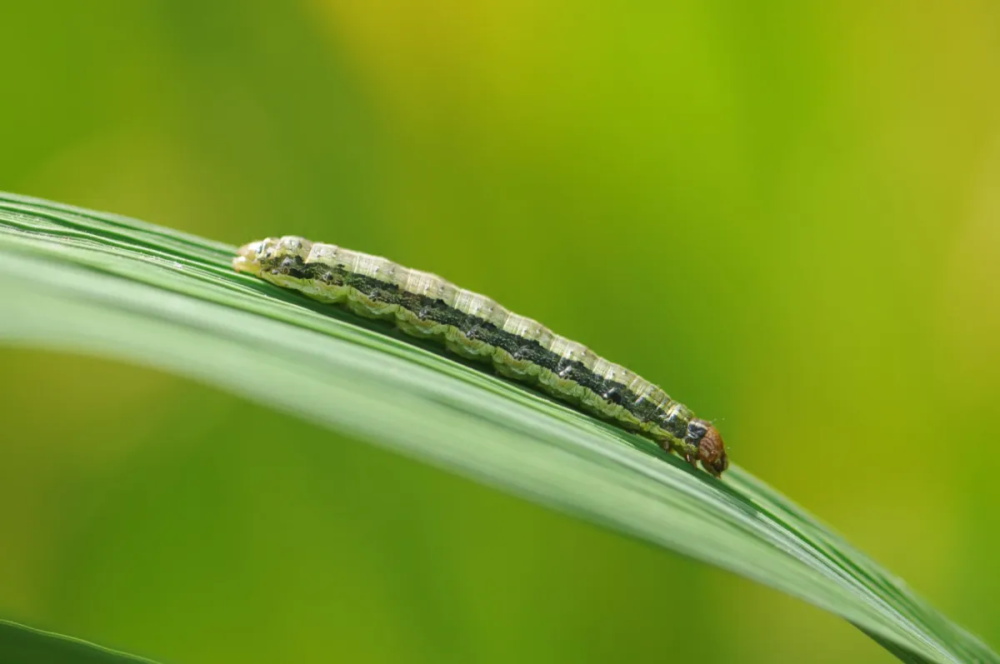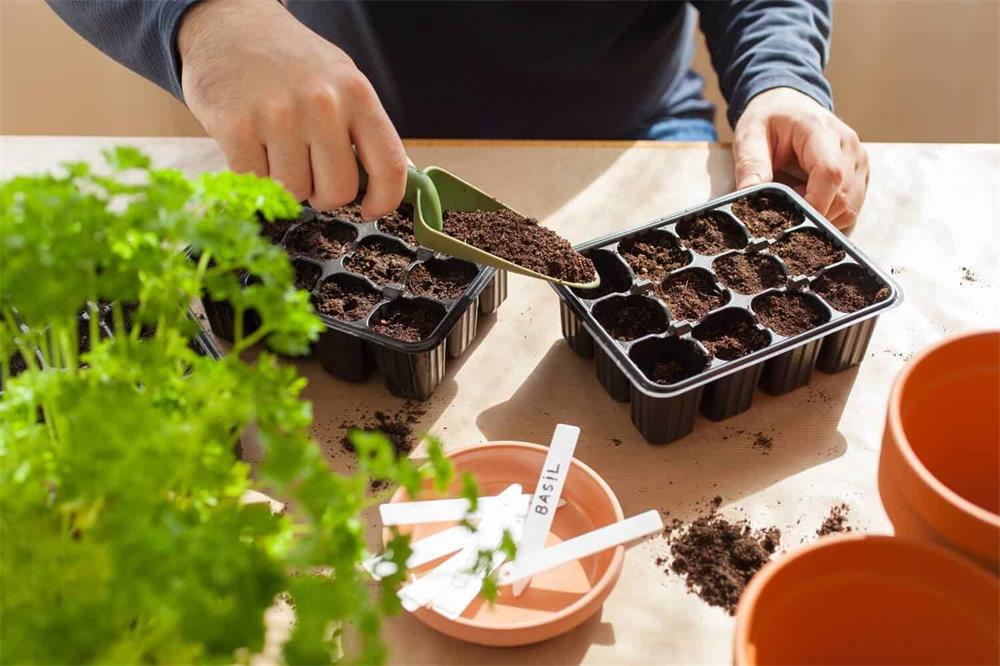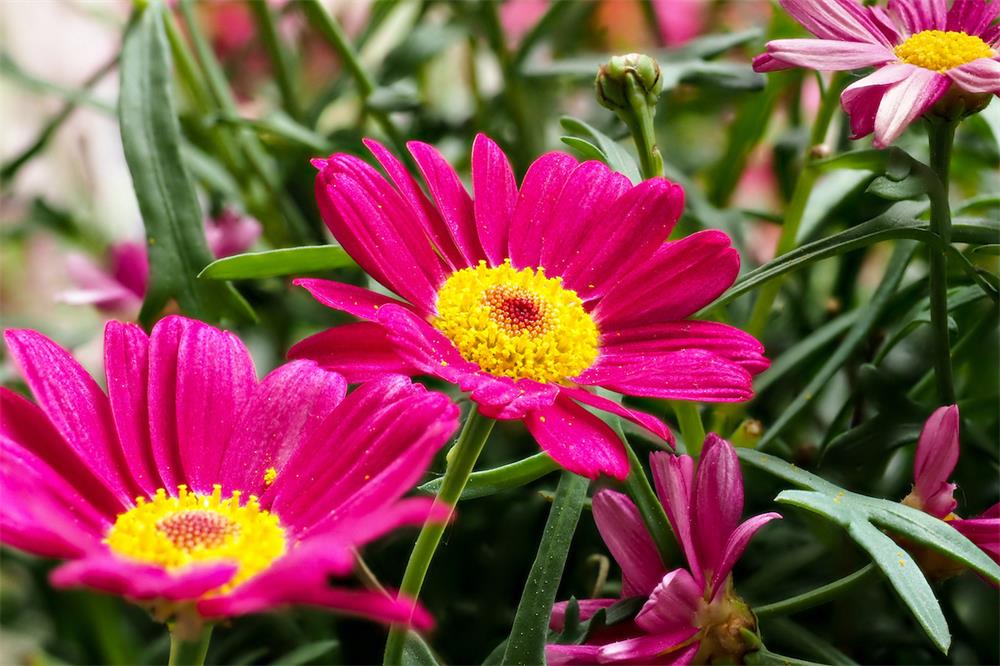
Table of Contents
Painted daisies (Tanacetum coccineum, formerly Chrysanthemum coccineum) are perennial flowers that brighten up any garden with their vibrant colors and attractive foliage. They have a classic daisy-like structure with a circle of petals surrounding a dense round center. The petals come in various hues, including red, yellow, white, violet, and pink. The center is usually golden in color. The leaves are somewhat fern-like in appearance.
Painted daisies are easy to grow and care for, and they make excellent cut flowers for bouquets and arrangements. They also attract butterflies and bees with their nectar-rich blossoms. They bloom from early to mid-summer, and sometimes sporadically until the first frost.
If you want to add some color and charm to your garden, here are some tips on how to grow and care for painted daisies.
Light
Painted daisies need full sun in northern climates, meaning at least six to eight hours of direct sunlight on most days. In climates with hot summers, they will appreciate some shade, especially from the strong afternoon sun.
Soil
Painted daisies are not too fussy about their soil type but must have good drainage. Loamy or sandy soil is best. The plant might struggle in heavy clay soil. The soil pH can be acidic, neutral, or alkaline.
Water
Painted daisies like a moderate amount of moisture but can tolerate some drought. Rainfall in temperate climates is often enough to keep them happy. But in hot weather or if there’s a dry period of longer than a week, give your painted daisies a good watering to moisten the soil. Do not allow your plants to sit in soggy, waterlogged soil because this can result in root rot.
Temperature and Humidity
Painted daisies prefer temperate climates, and they don’t do well in very hot or very cold weather. They also don’t like high humidity. The seeds germinate in temperatures between 60 and 70 degrees Fahrenheit.
Fertilizer
Painted daisies do not need much fertilizer. You can apply a balanced organic fertilizer once or twice during the growing season, following the package instructions.
Pruning
Painted daisies benefit from pinching back to encourage bushier growth and more flowers. Simply pinch off new growth (no more than one inch at a time) once the plants are six to eight inches tall. As they grow taller, stop pinching to let flower buds form.
You should also deadhead spent blooms after the plant’s first flush of flowers in spring. This will help the plant to produce new blossoms throughout the season.
Propagating
Painted daisies can be propagated from seeds or cuttings. If starting plants from seed, sow seeds indoors four to six weeks before the last spring frost. Or sow them directly in rich, well-drained garden soil and full sun after all danger of frost has passed. Cover with 1/8 inch of fine soil, firm lightly, and keep evenly moist. Seedlings will emerge in about two to three weeks.
If propagating from cuttings, take stem cuttings from healthy plants in spring. Remove the lower leaves and dip the cut end in the rooting hormone. Insert the cuttings into a moist potting mix and keep them in a warm place with bright indirect light. Mist them regularly and water them when the soil feels dry. Roots should form in four to six weeks.
You can also divide mature plants in early spring or late fall. Simply dig up the clump and use a sharp spade to cut it into three or four pieces with ample root systems attached to each. Replant the divisions, watering well after planting.
Pests and Diseases
Painted daisies are generally resistant to pests and diseases, but they may occasionally suffer from aphids, spider mites, leaf miners, powdery mildew, rust, or root rot. To prevent these problems, keep your plants healthy by providing adequate light, water, drainage, and air circulation. You can also use organic insecticidal soap or neem oil to control pests and fungal infections.
Toxicity
Painted daisies are toxic to people and pets if ingested or if their sap comes into contact with skin or eyes. The plant contains pyrethrins, which are natural insecticides that can cause irritation, nausea, vomiting, diarrhea, convulsions, or even death in large doses. Therefore, you should wear gloves when handling the plant and keep it away from children and pets. Painted daisies are also toxic to some insects, such as aphids and leaf miners, and can be used as a natural insecticide. However, they are also attractive to butterflies and are deer resistant. Painted daisies are native to Eastern Europe and Central Asia and have many cultivars with different colors.



